Basic Punnett Square Worksheet
Are you a biology student in need of a practical and straightforward way to understand Punnett squares? Look no further! Our Basic Punnett Square Worksheet is here to help you grasp the concept of how genetic traits are inherited by using simple diagrams and guided exercises. Whether you are a beginner or just need a quick refresher, this worksheet is designed to walk you through the steps of constructing Punnett squares and determining the possible combinations of traits in offspring. With clear instructions and a focus on the subject at hand, this worksheet is perfect for students looking to strengthen their understanding of genetics.
Table of Images 👆
More Other Worksheets
Kindergarten Worksheet My RoomSpanish Verb Worksheets
Cooking Vocabulary Worksheet
DNA Code Worksheet
Meiosis Worksheet Answer Key
Art Handouts and Worksheets
7 Elements of Art Worksheets
All Amendment Worksheet
Symmetry Art Worksheets
Daily Meal Planning Worksheet
What is a Punnett square?
A Punnett square is a diagram used to predict the likelihood of certain traits being passed on to offspring based on the genetic makeup of the parents. It is a tool commonly used in genetics to understand and visualize possible combinations of alleles from each parent to determine the possible genotypes and phenotypes of their offspring.
How is a Punnett square used to predict the outcome of a genetic cross?
A Punnett square is a tool used in genetics to predict the outcomes of a genetic cross between two individuals. By representing the possible combinations of alleles from the parents' gametes in a grid format, the Punnett square illustrates the probabilities of different genotypes and phenotypes that may result in the offspring. This helps in understanding the inheritance patterns of specific traits and assists in predicting the likelihood of certain characteristics being passed on to the next generation.
What are alleles and how are they represented in a Punnett square?
Alleles are different forms of a gene that can occupy the same locus or position on a chromosome. They are represented in a Punnett square by using letters to symbolize the different versions of a gene. For example, a dominant allele is usually represented by a capital letter (e.g., A), while a recessive allele is represented by a lowercase letter (e.g., a). When creating a Punnett square to illustrate the possible genetic outcomes of a cross between two individuals, the alleles from each parent are placed along the top and side of the square to predict the potential combinations of alleles in the offspring.
What is the difference between dominant and recessive alleles?
Dominant alleles are versions of a gene that can mask the presence of a recessive allele when paired together, thereby determining the physical traits of an organism. Recessive alleles are versions of a gene that are only expressed when paired with another recessive allele, resulting in the manifestation of a specific trait. Dominant alleles are always expressed in the phenotype, while recessive alleles are only expressed if both copies of the gene are recessive.
What is a genotype and how is it represented in a Punnett square?
A genotype is the genetic makeup of an individual, represented by the combination of alleles inherited from its parents. In a Punnett square, genotypes are depicted by organizing potential allele combinations from the parents' genetic material into a grid format to predict the possible genetic outcomes of their offspring. Each square in the grid represents a possible genotype that the offspring could inherit based on the combination of alleles from the parents.
What is a phenotype and how is it determined in a Punnett square?
A phenotype is the observable physical or biochemical characteristics of an organism, determined by its genetic makeup (genotype). In a Punnett square, the combination of alleles inherited from both parents predicts the possible genotypes and phenotypes of the offspring. By crossing the parental genotypes in a Punnett square, we can determine the probability of specific phenotypes based on the inheritance patterns of dominant and recessive alleles. The Punnett square serves as a visual representation of how traits are passed from parents to their offspring and helps predict the potential phenotypic outcomes of a genetic cross.
How do you determine the probability of a specific trait occurring in a Punnett square?
To determine the probability of a specific trait occurring in a Punnett square, you need to calculate the ratio of the desired outcomes to the total possible outcomes. This involves identifying the genotypes of the parents, determining all possible combinations of their genetic material in the offspring, and then determining the likelihood of each combination occurring. By counting the number of times the specific trait appears in the Punnett square and dividing it by the total number of possible outcomes, you can calculate the probability of that trait occurring.
What is the purpose of crossing two parents in a Punnett square?
The purpose of crossing two parents in a Punnett square is to predict the potential outcomes of their offspring in terms of genetic inheritance. By systematically displaying all possible combinations of their genetic makeup, including both dominant and recessive traits, the Punnett square provides a visual representation of the probabilities for inheriting certain traits or genetic conditions. This helps in understanding the likelihood of specific traits being passed on to the next generation and aids in studying patterns of inheritance in genetics.
How does the principle of independent assortment apply to Punnett squares?
The principle of independent assortment states that the alleles of different genes segregate independently of one another during gamete formation. This means that the inheritance of one trait does not influence the inheritance of another trait. When creating Punnett squares to predict the outcomes of genetic crosses, we can apply the principle of independent assortment by considering each gene separately and determining all possible combinations of alleles that could be passed on to offspring. By keeping track of the different alleles for each gene independently, we can accurately predict the genetic outcomes of crosses involving multiple traits.
How can Punnett squares be used to study complex genetic traits?
Punnett squares can be used to study complex genetic traits by mapping out all possible combinations of alleles that can be produced by the parents. By creating Punnett squares for multiple genes involved in a trait, researchers can determine the likelihood of different genotype combinations and predict the phenotypic outcome. This allows for the exploration of how different genes interact and contribute to the expression of a complex trait, providing insights into the inheritance patterns and variability of the trait within a population.
Have something to share?
Who is Worksheeto?
At Worksheeto, we are committed to delivering an extensive and varied portfolio of superior quality worksheets, designed to address the educational demands of students, educators, and parents.

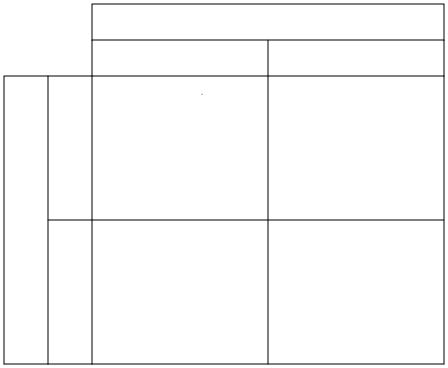



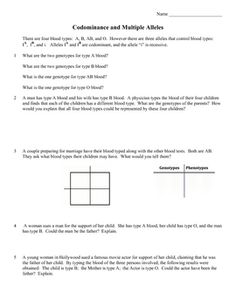
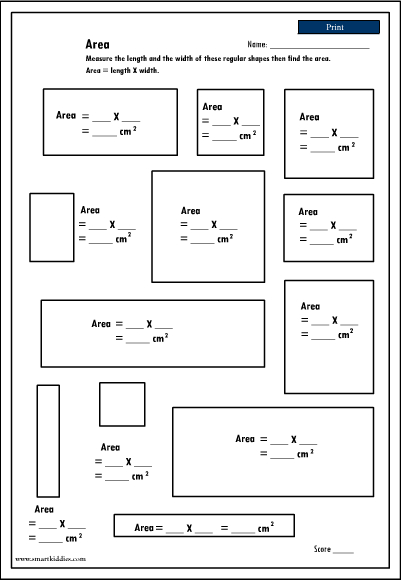
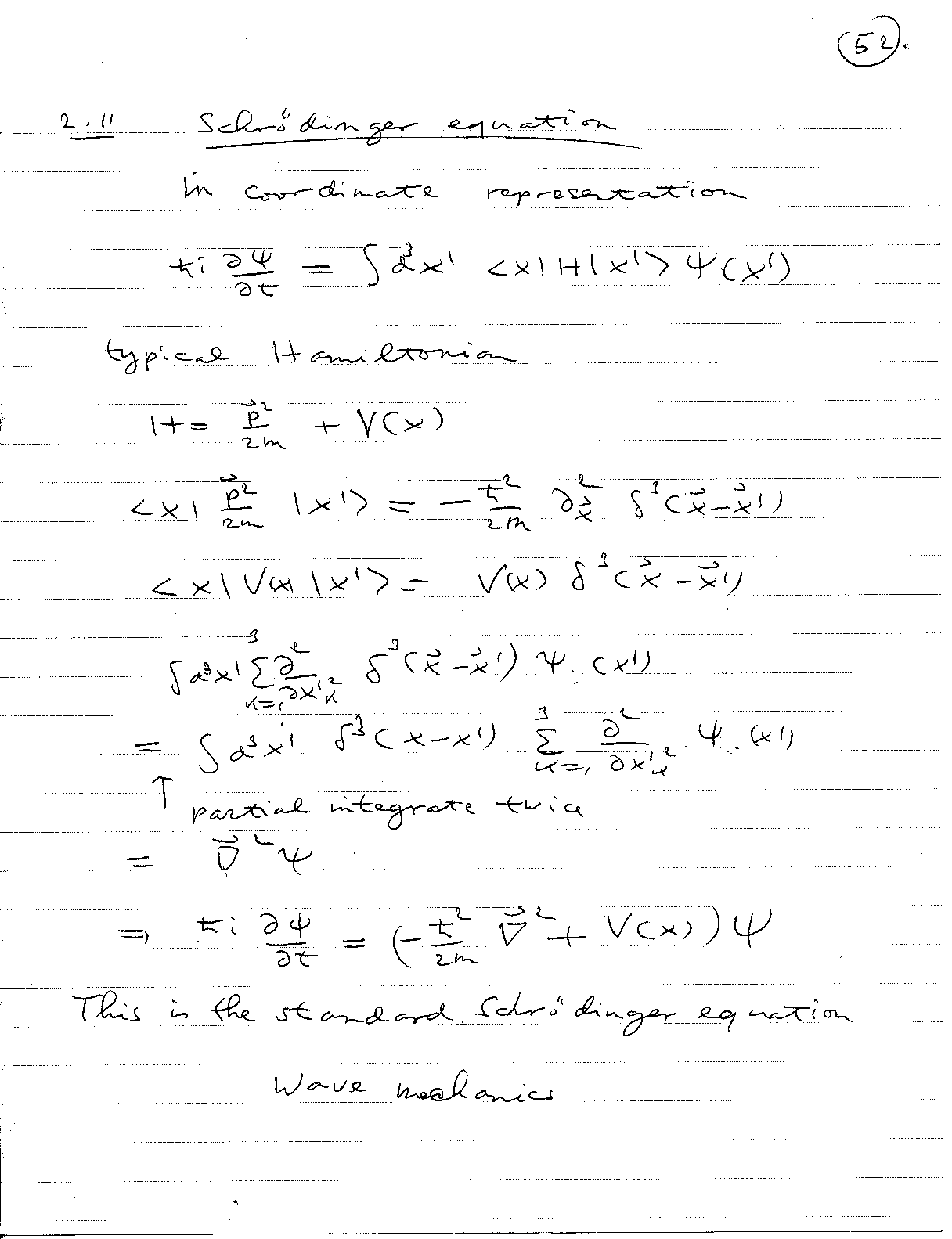
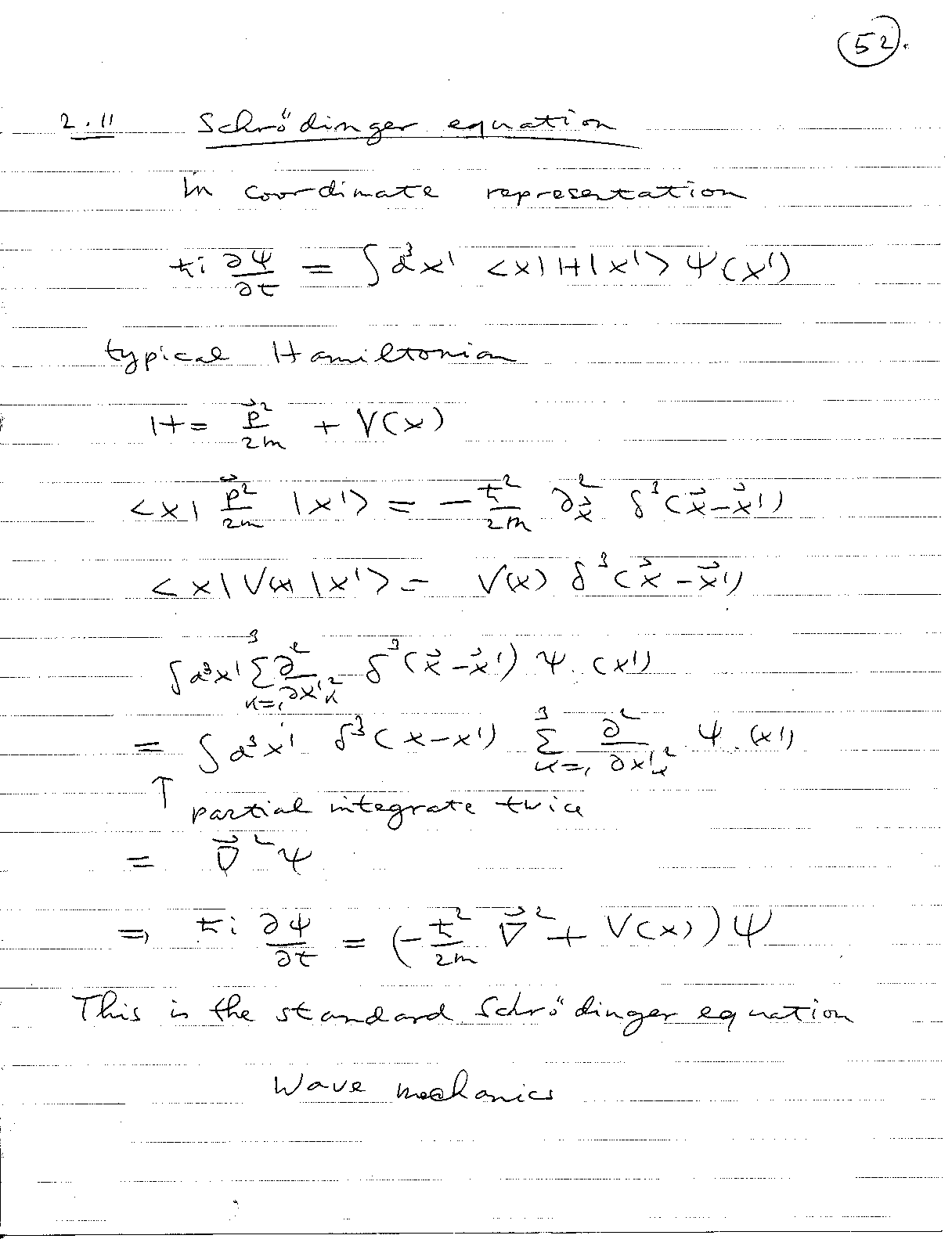
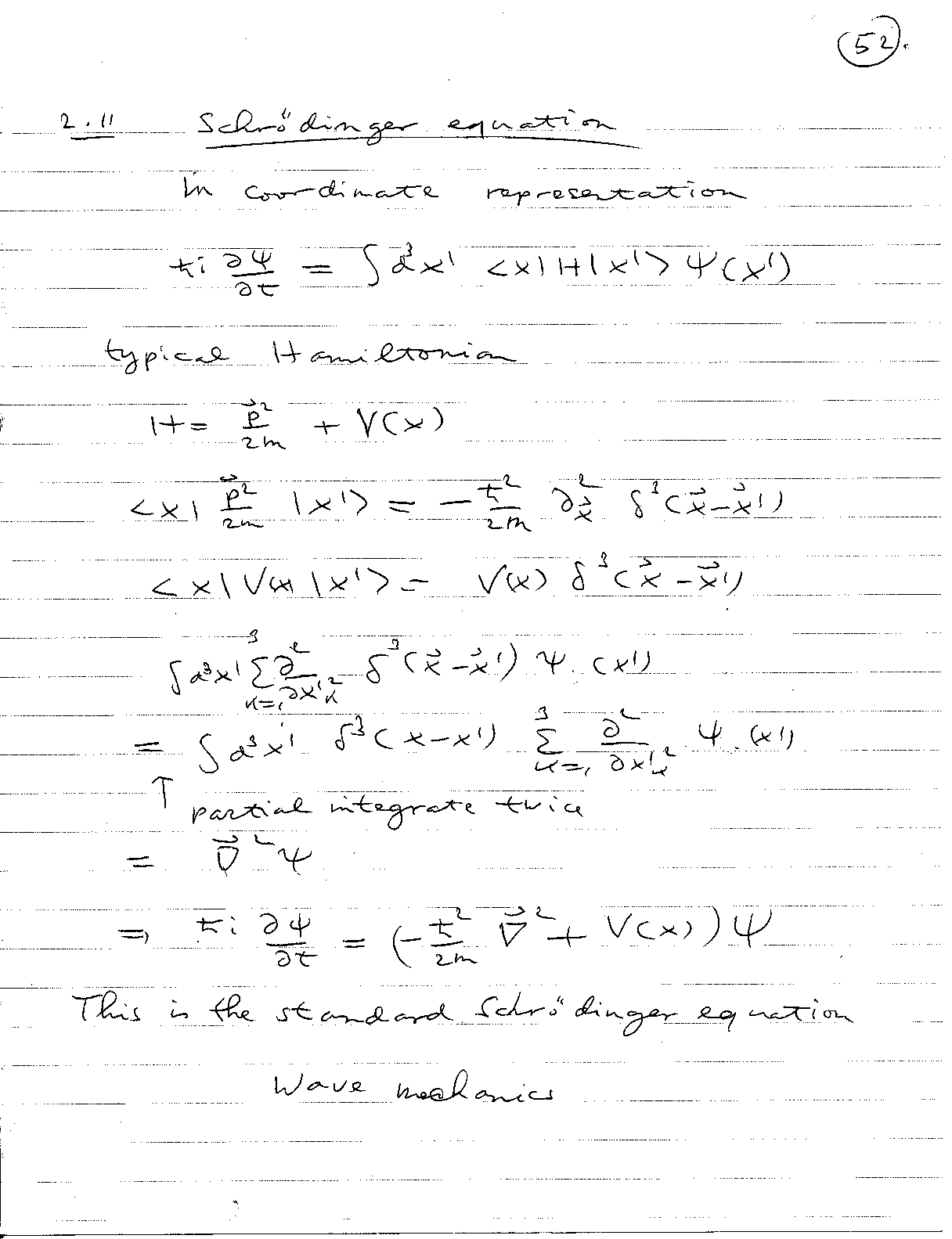
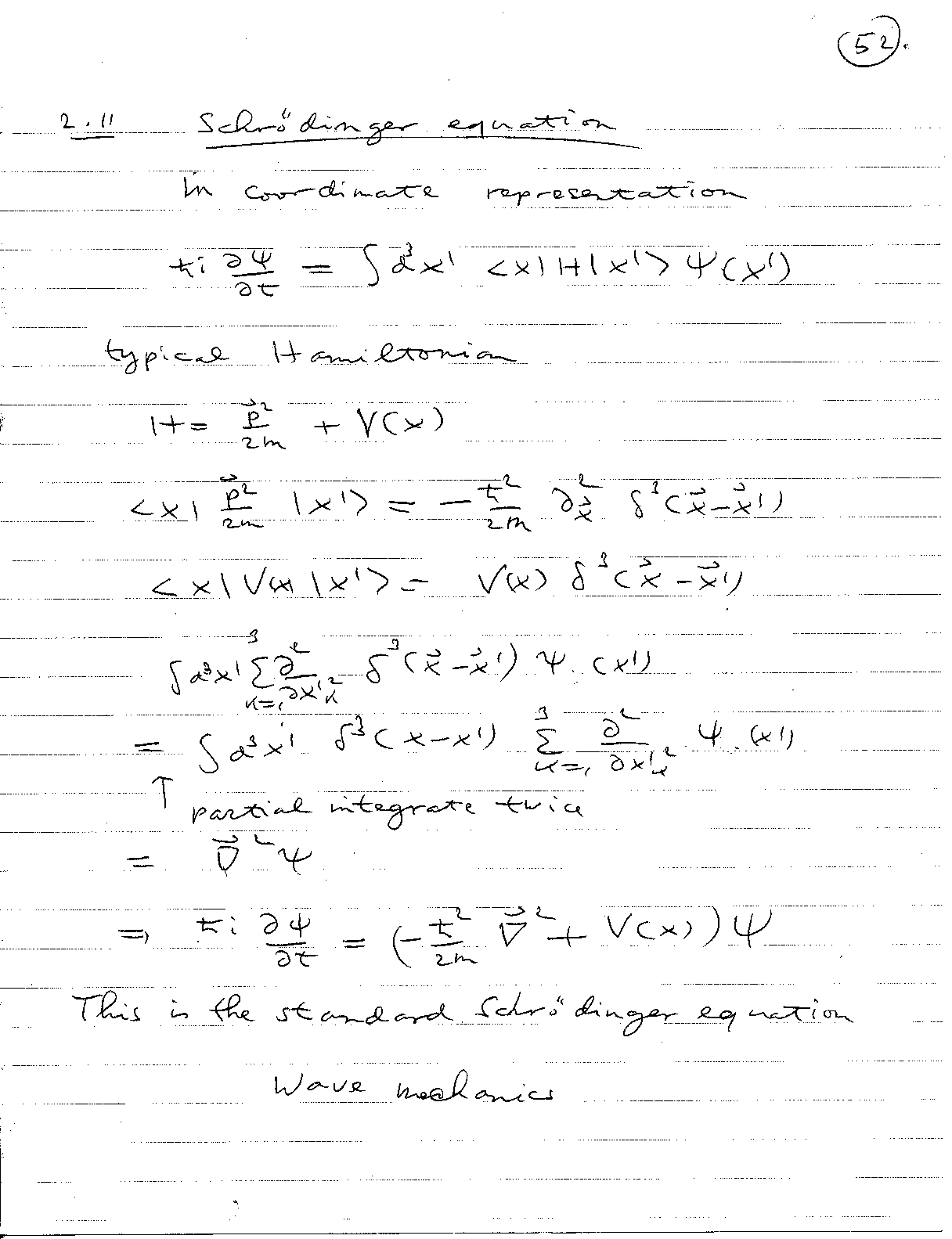
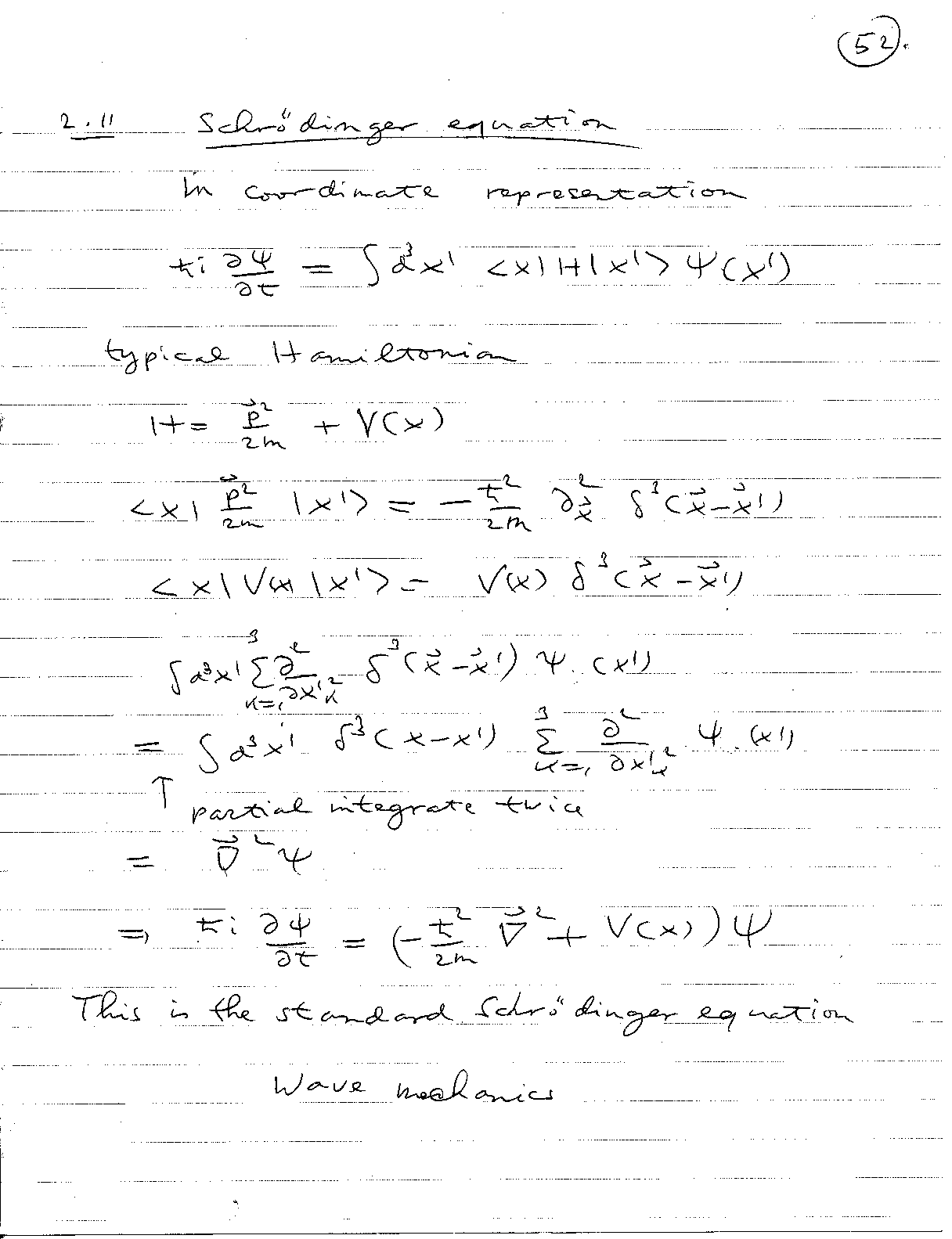
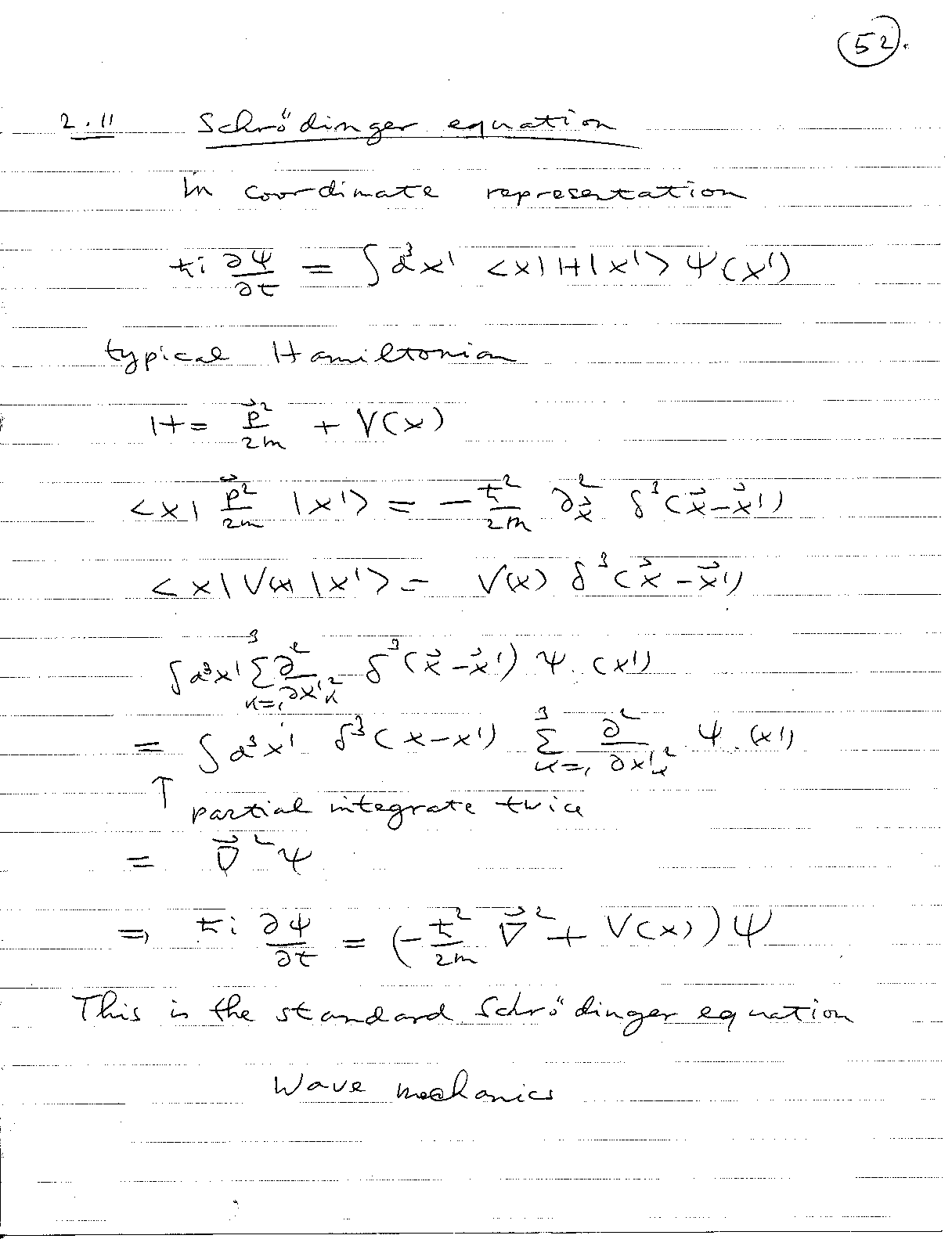
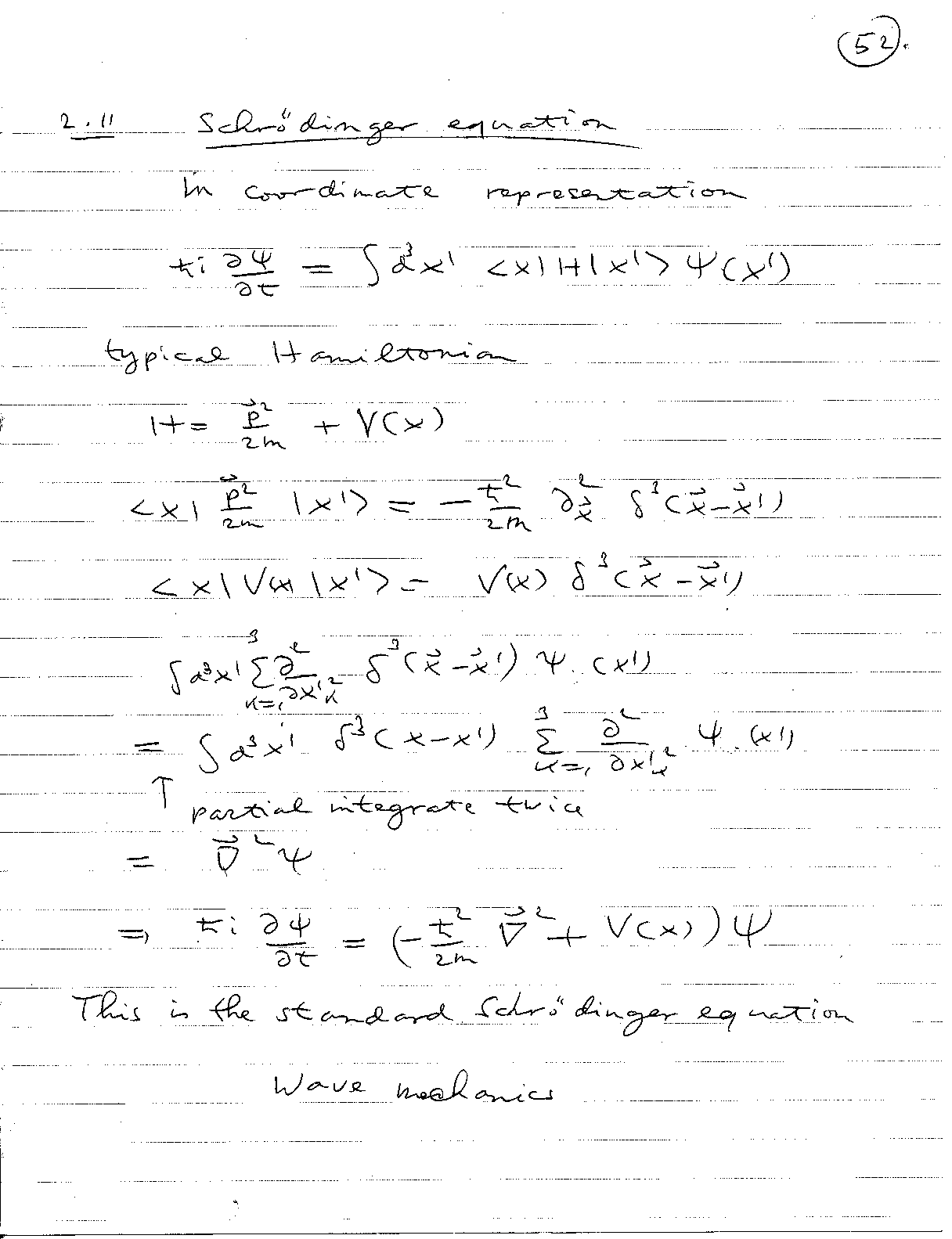

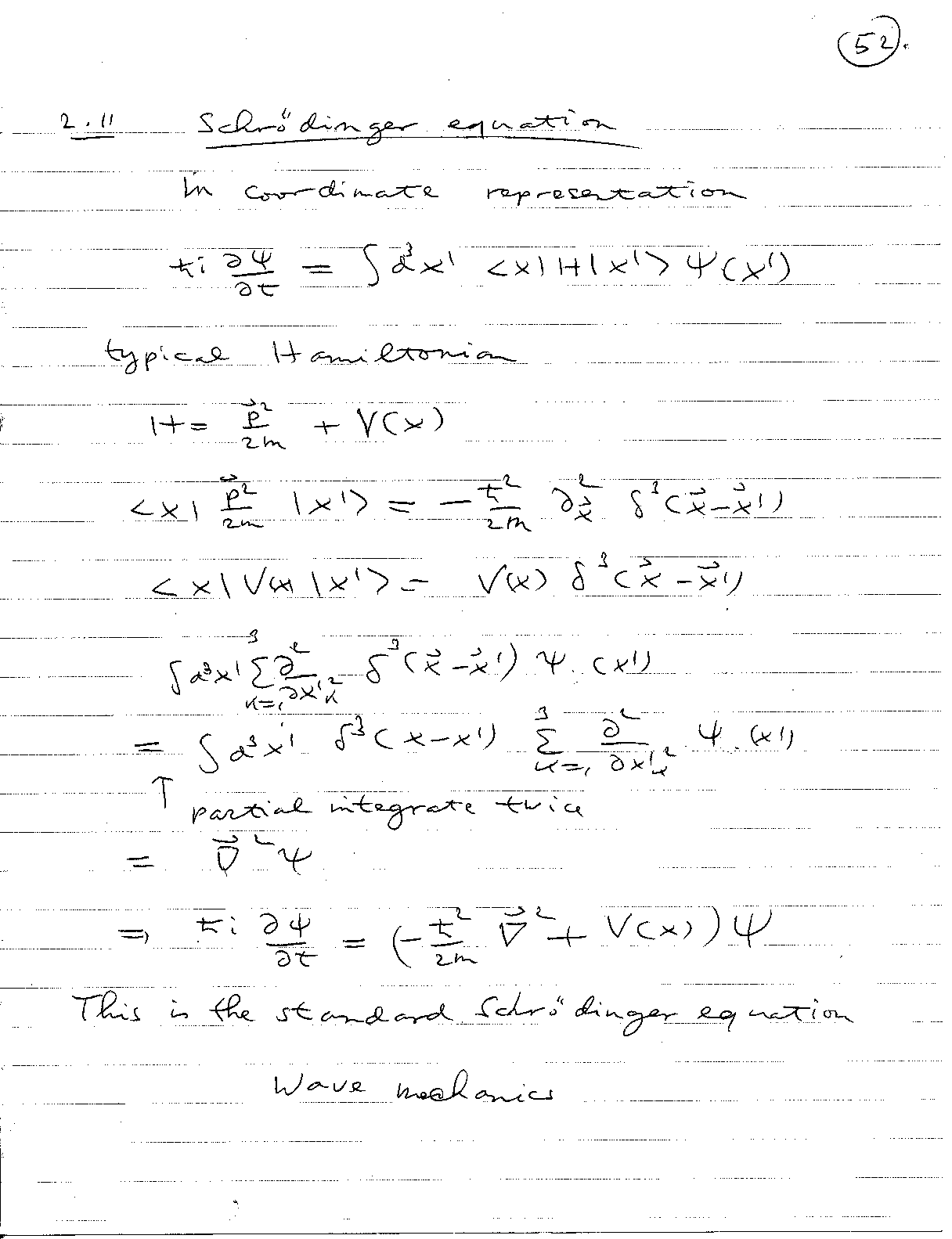
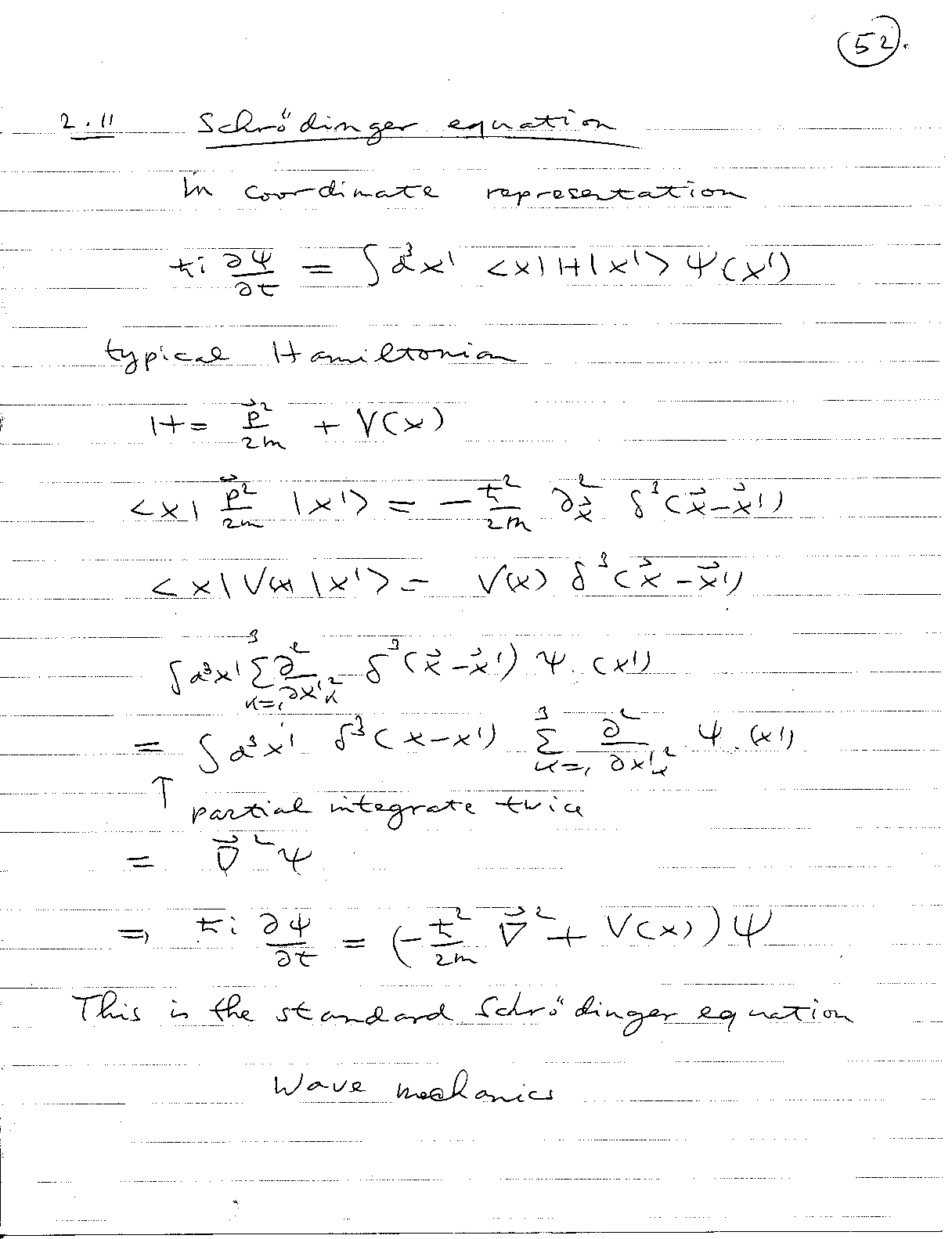















Comments